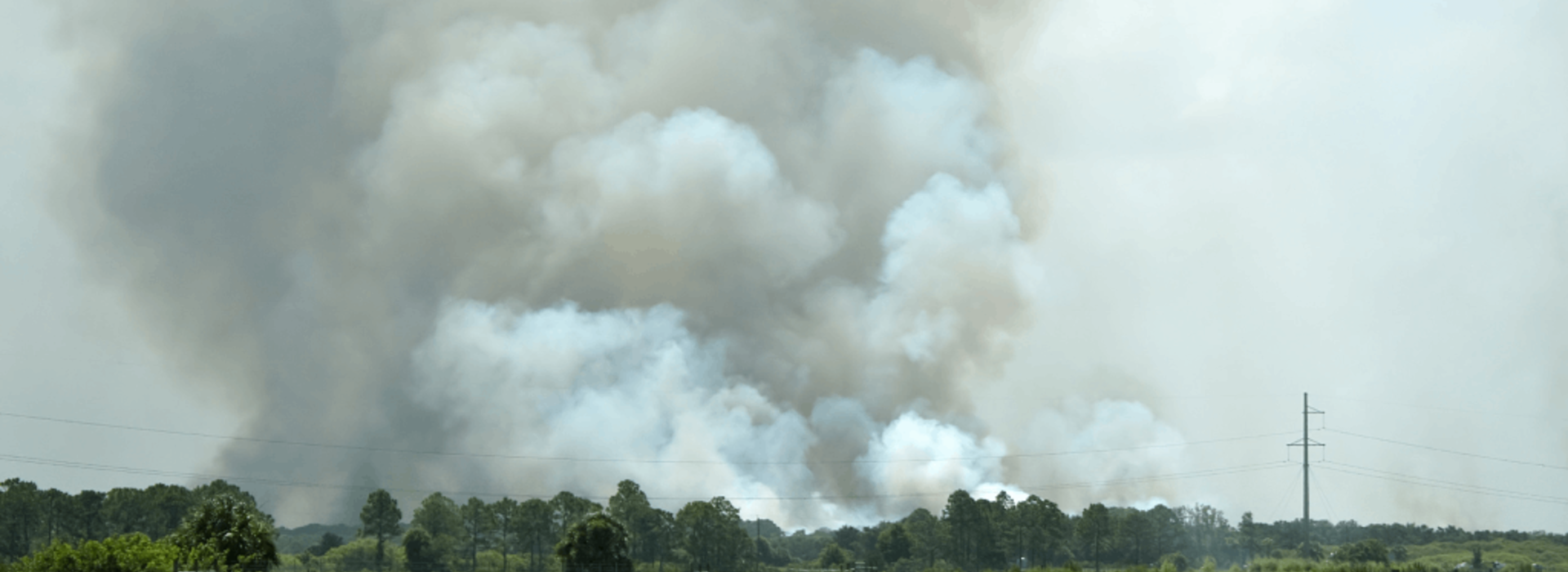
A mouse model of wildfire smoke-induced health effects: sex differences in acute and sustained effects of inhalation exposures
The current publication in Inhalation Toxicology is a collaborative project between the Slattery/Lacher laboratory at the University of Minnesota Medical School, Duluth Campus, and the Center for Environmental Health Sciences at the University of Montana.
The team used an animal model of woodsmoke exposure to research cellular and molecular mechanisms of the resulting health effects. Mice were exposed to inhaled woodsmoke, utilizing locally harvested wood to recapitulate community exposures experienced during the Rice Ridge Fire in Montana in 2017. The team found that modeling this exposure resulted in a similar particle deposition in mice that was calculated for human exposure. As with the community observations from 2017, there was a significant effect on lung function that was more pronounced in males than females. Further, there were sex-specific differences in alveolar macrophage function and IL-33 production. These findings replicated the outcomes in humans and suggest that IL-33 is involved in a mechanism of the adverse effects of WS exposures that inform on potential sex differences.
Objective: The present study utilized an animal model of WS exposure to research cellular and molecular mechanisms of the resulting health effects.
This manuscript was partially funded by Dr. Lacher’s recent Catalyst Award from the American Lung Association, “Understanding the Molecular Drivers of Wildfire Smoke-Induced Lung Disease”



